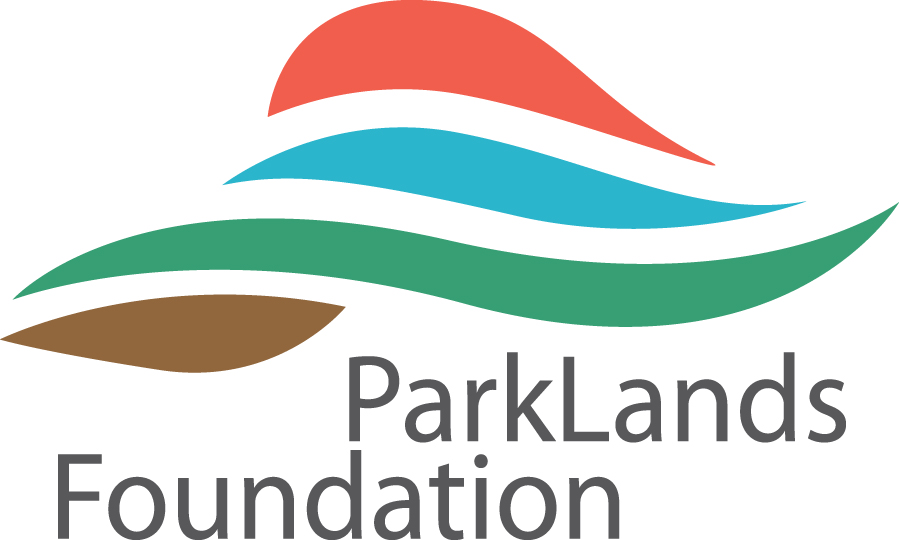Learn More About Lexington
Landscape and Stewardship
The Lexington Preserve is split by I-55 into two sections. The main 120-acre eastern section is bordered by the wooded bluffs of the Mackinaw River on its south and Turkey Creek to the north. At its heart is nearly 60 acres of upland prairie and savanna habitat. Hiking loops through this section are inviting and flat, offering a casual stroll from either gate.
Located near the gates is a 10-acre savanna restoration known as Memorial Grove. These upland species were established in the 2000s by ParkLands supporters in memory of loved ones. The prairie beyond is anchored by the 17-acre Dorothy Shelley wildflower prairie garden which has been restored with strong populations of warm-season forbs such as compassplant and yellow coneflower. Another upland savanna and a bottomland tree planting round out the western edge of this section.
To explore the woodlands, follow the hiking trail as it branches south near the gates. This 0.5-mile section drops into the floodplain paralleling a bend in the Mackinaw River. River otters have been observed here. Plus, the Merwin Preserve is not the only ParkLands property with Virginia bluebells in the spring; a carpet can be found in the southeastern section of Lexington Preserve, too.
The interstate serves as a gate into the 55-acre western section consisting of predominately low-lying shrubland. This habitat is increasingly rare as cropland, and even restored prairies, often meet tree lines abruptly. Transitional areas of shrubs provide crucial habitat for several species of birds.
This combination of edge habitats provides ample wildlife viewing opportunities along the trails. You may notice panels of corrugated metal laid around the preserve. These aren’t trash – their warmth attracts amphibians and reptiles for research. Among the finds, ISU researchers have documented a breeding population of the rare, nonvenomous, smooth green snake on this property.
The western section abuts the 125-acre Franklin Research and Demonstration Farm where The Nature Conservancy is working with local farmers to study advanced agricultural practices that minimize environmental impact, such as the use of wetlands. This farm was that of Elmo Franklin, an original ParkLands board member and an influential figure in securing nearby Merwin Preserve. The farm is still managed by Elmo’s descendants today. ParkLands holds the property in a private conservation easement, though it is not part of the Lexington Preserve nor open to the public.
The ParkLands Foundation is actively pursuing an Illinois Land & Water Reserve designation for the Lexington Preserve due to its river frontage and diversity of species.
History
Like many ParkLands preserves, Lexington started with a small inholding that grew into a gem. Lexington-area resident Edward Shelley donated 10 acres north of the river in honor of his wife, Dorothy. This plot became known as the Dorothy Shelley wildflower prairie garden and remains the core of the prairie today.
Then, in 1989, ParkLands board member Guy Fraker received word that 165 acres surrounding the Shelley plot were being put for sale by the Peine Grain Company. $300,000 was raised in short order, and the purchase was completed in 1990.
Funds from the Illinois Department of Natural Resource’s Landowner Incentive Program (LIP) facilitated multiple projects in 2009, including upland tree plantings, invasive species removal in the western section’s shrubland, and a refresh of the now 17-acre Dorothy Shelley wildflower prairie garden.
